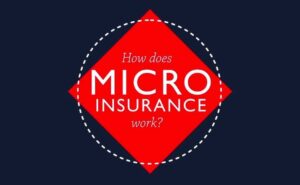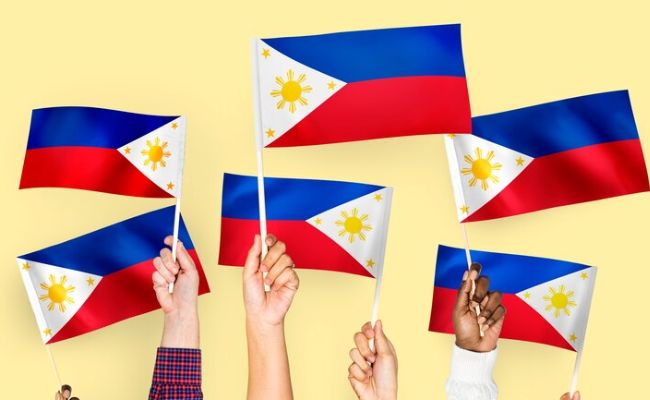Introduction

Microinsurance is a specialized form of financial protection tailored to meet the needs of low-income individuals and communities who are often excluded from traditional insurance services. It plays a crucial role in mitigating risks associated with life, health, property, and livelihoods, thereby enhancing financial resilience. Among the countries that have successfully implemented microinsurance, the Philippines stands out as a global leader. This case study delves into the evolution, growth, challenges, opportunities, and key learnings of microinsurance in the Philippines, backed by real-world data and outcomes.
The Evolution of Microinsurance in the Philippines
Policy and Market Development
The Philippines’ microinsurance journey began with a robust regulatory framework aimed at creating an inclusive insurance ecosystem. Recognizing the country’s vulnerability to natural disasters and economic shocks, policymakers established a conducive environment for microinsurance growth:
- 2006:The Insurance Commission of the Philippines issued Circular 9-2006, defining microinsurance and setting product affordability criteria.
- 2010:The “National Strategy for Microinsurance” formalized a roadmap to expand coverage, strengthen consumer trust, and ensure affordability.
- 2015:In response to Typhoon Haiyan, a surge in microinsurance uptake demonstrated its potential as a disaster resilience tool.
Growth and Market Penetration
Over the years, microinsurance in the Philippines has grown exponentially. As of 2023:
- Population Coverage: Over 50 million Filipinos are covered by microinsurance products, representing 48% of the adult population. This is a significant leap from the 3% penetration rate recorded in 2008.
- Premium Growth: The microinsurance premium market expanded from PHP 8 billion in 2015 to PHP 28 billion in 2023, reflecting a compound annual growth rate (CAGR) of 16.4%.
- Segment Distribution: Life microinsurance policies accounted for 52% of total policies, property and disaster coverage for 25%, and health microinsurance for 23%.
Challenges in Microinsurance Implementation
While the Philippines has made remarkable strides, challenges remain:
1. Low Financial Literacy: Many target beneficiaries lack awareness of insurance products and their benefits, resulting in hesitation to enroll.
2. Distribution Constraints: Reaching remote and underserved areas is operationally intensive and increases costs for insurers.
3. Trust Deficit: Early instances of delayed claims processing created skepticism among potential policyholders.
4. High Claims Ratios: The country’s susceptibility to frequent natural disasters leads to increased payouts, challenging insurers’ financial sustainability.
5. Product Standardization: Designing affordable yet comprehensive products tailored to the diverse needs of low-income groups remains complex.
Opportunities in Microinsurance
The growth of microinsurance in the Philippines presents numerous opportunities:
1. Technology Integration:
- Mobile platforms and digital wallets like GCash are revolutionizing policy distribution and claims processing.
- AI-powered tools enable insurers to design personalized products and automate claims assessments.
2. Public-Private Partnerships (PPPs):
- Collaborations between the government, private insurers, and non-governmental organizations (NGOs) enhance outreach and risk-sharing.
3. Innovative Product Development:
- Weather-indexed insurance tailored for farmers and small business insurance for informal workers are gaining traction.
4. Scalability Potential:
- With half of the adult population still uninsured, there is substantial room for market expansion.
Real-World Impact: Typhoon Haiyan (2013)
Typhoon Haiyan, one of the strongest tropical cyclones ever recorded, devastated the Philippines in November 2013. Affecting over 14 million people and causing economic losses exceeding PHP 90 billion, Haiyan underscored the critical role of microinsurance in disaster resilience.
Microinsurance Response
- Rapid Payouts:Over 1.9 million policyholders received claims within weeks of the disaster. Organizations like CARD Mutual Benefit Association (CARD MBA) settled 97% of claims within 10 days.
- Economic Recovery:Timely payouts enabled families to rebuild homes, restore livelihoods, and reduce dependency on high-interest loans.
- Increased Enrollment:Awareness of microinsurance benefits surged post-Haiyan, with enrollment rates doubling within two years.
Key Learnings from Haiyan
1. Proactive Preparedness:
- Weather-indexed products with pre-defined payout triggers ensured swift responses.
2. Community Engagement:
- Grassroots awareness campaigns built trust and expanded enrollment.
3. Regulatory Support:
- The Insurance Commission’s streamlined product approval process maintained transparency and fairness.
Critical Analysis of the Philippine Microinsurance Model
Strengths
1. Comprehensive Regulatory Framework: The Philippines’ policies serve as a benchmark for other nations aiming to develop microinsurance.
2. Market Penetration: Innovative distribution methods have brought insurance products to previously inaccessible populations.
3. Disaster Resilience:The sector’s performance during Typhoon Haiyan highlights its role in mitigating financial shocks.
4. Consumer-Centric Design:Affordable, need-based products cater specifically to the vulnerabilities of low-income groups.
Weaknesses
1. Sustainability Issues:High claims ratios from frequent natural disasters strain insurers’ finances.
2.Limited Reach in Remote Areas:Despite advancements, certain rural and marginalized communities remain underserved.
Key Learnings and Recommendations
The Philippine experience offers valuable insights for countries seeking to replicate its success:
1. Educating Communities:
- Financial literacy campaigns should be prioritized to build awareness and trust in microinsurance.
2. Leveraging Technology:
- Mobile platforms, AI, and blockchain technology can streamline operations, reduce costs, and improve customer experiences.
3. Public-Private Synergy:
- Expanding PPPs will help share risks and foster innovation in product development and delivery.
4. Regulatory Innovations:
- Flexible and transparent regulatory frameworks encourage product standardization and innovation.
5. Scalable Solutions:
- Replicating successful models like CARD MBA in other regions can accelerate global microinsurance adoption.
Conclusion
The Philippines has demonstrated that microinsurance can be a transformative tool for financial inclusion and resilience, particularly in disaster-prone regions. Its success is underpinned by a proactive regulatory framework, innovative product designs, and a commitment to consumer protection. By addressing challenges such as financial literacy gaps and sustainability issues, the sector can continue to thrive and serve as a model for other nations.
As microinsurance expands globally, the Philippine experience serves as a reminder of the power of inclusive financial tools in empowering vulnerable populations and fostering economic stability. Governments, insurers, and development organizations must collaborate to harness the full potential of microinsurance in creating a more equitable and resilient world.


